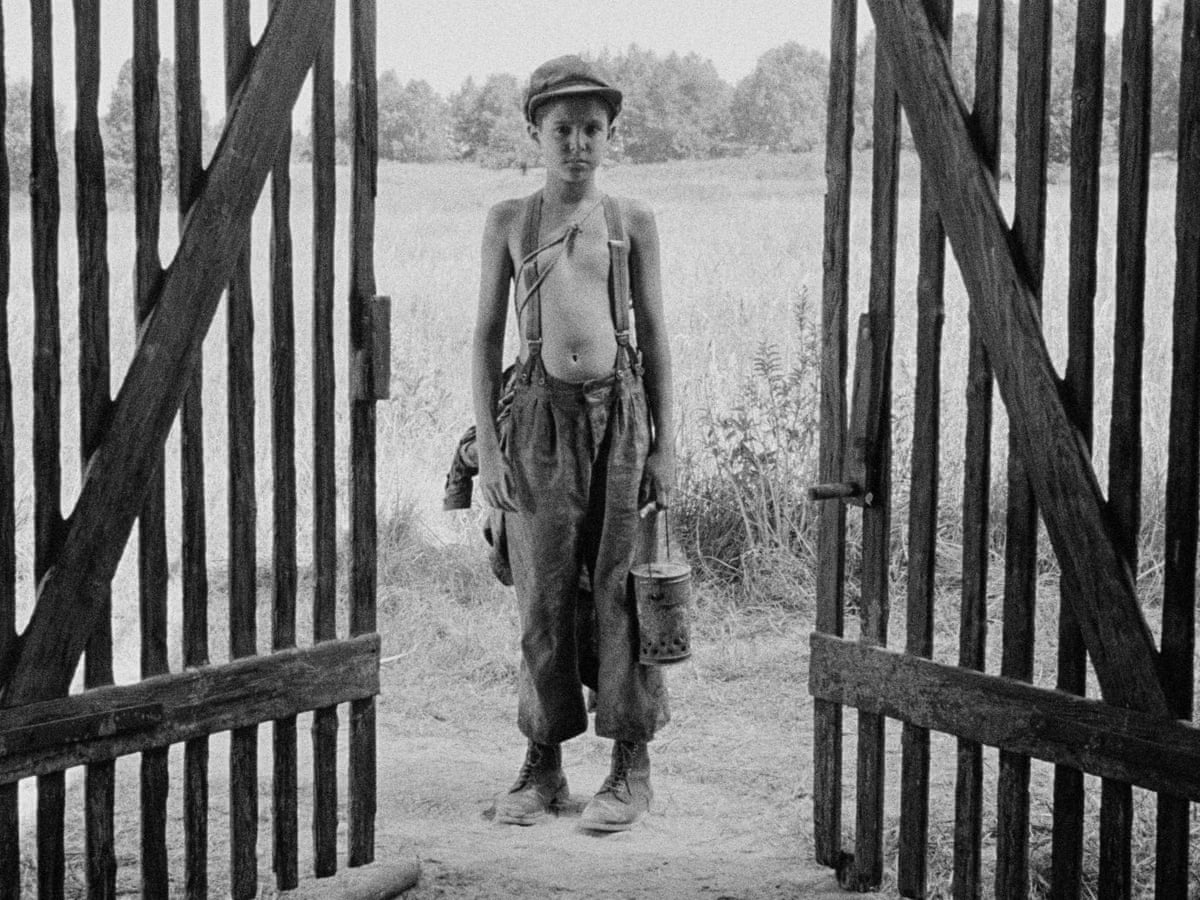|
|
||
|
Pro Tools
FILMFESTIVALS | 24/7 world wide coverageWelcome ! Enjoy the best of both worlds: Film & Festival News, exploring the best of the film festivals community. Launched in 1995, relentlessly connecting films to festivals, documenting and promoting festivals worldwide. Working on an upgrade soon. For collaboration, editorial contributions, or publicity, please send us an email here. User login |
The Painted Bird, Vaclav Marhoul, Czechoslovakia, 2019
Opening with a brief sequence of a boy trying to protect small animal being chased through the forest by two boys that steal and kill the animal, this extraordinary feature shot in black and white on 35-mm depicts a nameless Jewish boy’s years long passage through somewhere in eastern Europe towards the end of World War II. Marhoul’s film is based on Jerzy Kosinski’s novel. THE PAINTED BIRD is stripped down to its essential elements and shows the survival of the boy in nine segments. His experiences are reflected through superb visual imagery of the countryside, small villages and people which he encounters whilst the film refrains from using spoken word a driving narrative tool. Marhoul’s THE PAINTED BIRD is a cinematic masterpiece. Its screening at the 2019 Venice Film Festival proved controversial because some of the audience walked out after being appalled by the savagery and horror of the episodes, a concern also reflected by some film critics. As a foreign language feature, the film was nominated for the Oscars. Marhoul made no compromises in this film and I have not come across any comments questioning the factual basis of his film. In one symbolic episode, the boy stays with a bird catcher who paints a bird which is then killed by the flock of birds into which it is released. Being different generates not only engrained distrust and rejection but also physical harm from villagers and townspeople accustomed to traditional suspicions. The boy frequently pays the penalty for being Jewish and is blamed for the devastations the peasants are facing. In his voyages the boy is exposed violence and torture people are addicted to. He seems to be a detached though victimized observer, not having a sense of self and his responses are shaped by the circumstances he is exposed to.
The viewer is confronted by the material in the films sections which stand on their own rather than in any logical connection. There is the Boy’s life with an old woman, having been left there by his parents, whose house he accidentally burns down after she dies. He spends time with villagers trying to kill him who pass the Boy to a witch, whom he works for and is saved by when he becomes deathly ill. He helps a miller who carves out the eyes of a man who has an affair with his wife, eyeballs the Boy gives to the man after leaving the miller. There is an encounter with German soldiers after they slaughter Jews who had escaped from a train bound for the death camps, with death only narrowly avoided after an officer’s order that the boy be shot ends with a soldier letting him escape. He witnesses the savage rape and killing of a woman by female peasants and the suicide of the bird catcher who tried to protect her. A catholic priest tries to help the boy despite him being scorned by the townspeople, but unknowingly gives him to a pedophile who in turn tortures the Boy who is only able to escapes after causing the pedophile’s gruesome death. Soviet officers adopt the Boy and provide him with am a uniform and a gun as a farewell gift which he uses in turn to shoot a man who had abused him in the village market. In his passages of survival, the Boy is forced to grow up without a childhood in a society tormented by the war and deep-seated convictions of rejecting and punishing outsiders. The moral fiber functions on the surface only, the center does not hold, and violence as well as terror have become commonplace. Marhoul’s pitiless images are hard to face yet his masterly chronicle transcends the savagery and horror depicted. There are elements of surreal humanity such as the witch saving his life from certain death, the Boy returning the eyeballs to the blinded man and unwittingly causing the death of the pedophile. He escapes death because a German soldier refuses to kill him and shoots the man who abused him in a market. A tormentor is devoured by rats. Finally, the Boy draws his name on the windows of a bus during the last minutes of the film. Apart from the superb direction by Václav Marhoul and outstanding photography by Vladimir Smutny, THE PAINTED BIRD CAST excellent performers. Featured were Petr Kotlae who had no acting experience in the role of the unnamed jewish Boy, Udo Kier played the Miller and Lech Dyblik the bird catcher. Lech’s occasional companion murdered by the villagers is Jitka Cvandarova, Stellan Skarsgaard is Hans the German soldier who refuses to kill the Boy. Harvey Keitel acted as the Catholic priest and Julian Sands as the pedophile raping the Boy. The film was among the few most exceptional ones I have seen this year and I would give it the highest of ratings.
Claus Mueller, filmexchange@gmail.com
21.06.2020 | Claus Mueller's blog Cat. : Boy's passage through war torn Eastern Europe Jewish kid as the outsider Retreat of the moral impulse. Survival despite savagery FILM
|
LinksThe Bulletin Board > The Bulletin Board Blog Following News Interview with EFM (Berlin) Director
Interview with IFTA Chairman (AFM)
Interview with Cannes Marche du Film Director
Filmfestivals.com dailies live coverage from > Live from India
Useful links for the indies: > Big files transfer
+ SUBSCRIBE to the weekly Newsletter Deals+ Special offers and discounts from filmfestivals.com Selected fun offers
> Bonus Casino
About Claus MuellerThe EditorUser contributions |

























